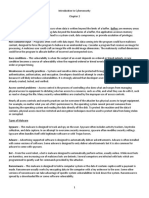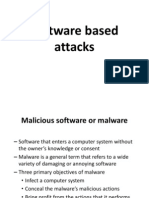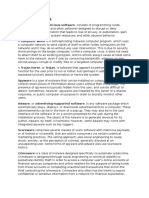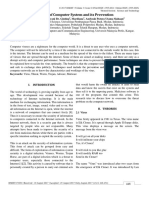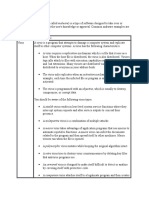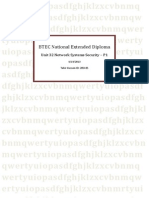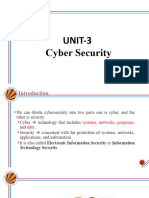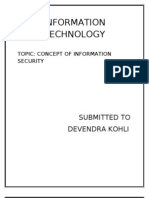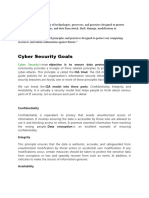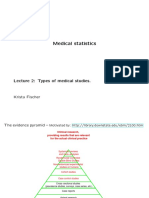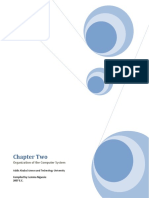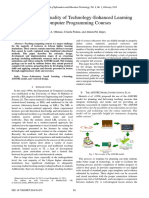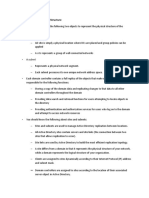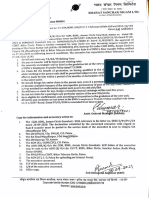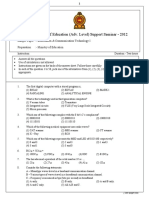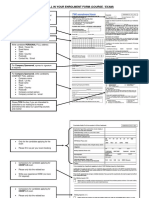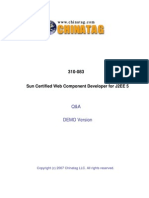0% found this document useful (0 votes)
50 views18 pagesSystem Security
The document discusses various types of malware and hardware attacks. It describes malware objectives like infecting systems, hiding actions, and generating profit. It explains different types of malware like viruses, worms, trojans, rootkits, and logic bombs. It also discusses hardware attacks targeting the BIOS, USB devices, and network attached storage. The primary goal of malware and hardware attacks is to damage systems, steal data, or take remote control of devices without authorization.
Uploaded by
amirCopyright
© © All Rights Reserved
We take content rights seriously. If you suspect this is your content, claim it here.
Available Formats
Download as DOCX, PDF, TXT or read online on Scribd
0% found this document useful (0 votes)
50 views18 pagesSystem Security
The document discusses various types of malware and hardware attacks. It describes malware objectives like infecting systems, hiding actions, and generating profit. It explains different types of malware like viruses, worms, trojans, rootkits, and logic bombs. It also discusses hardware attacks targeting the BIOS, USB devices, and network attached storage. The primary goal of malware and hardware attacks is to damage systems, steal data, or take remote control of devices without authorization.
Uploaded by
amirCopyright
© © All Rights Reserved
We take content rights seriously. If you suspect this is your content, claim it here.
Available Formats
Download as DOCX, PDF, TXT or read online on Scribd
/ 18













